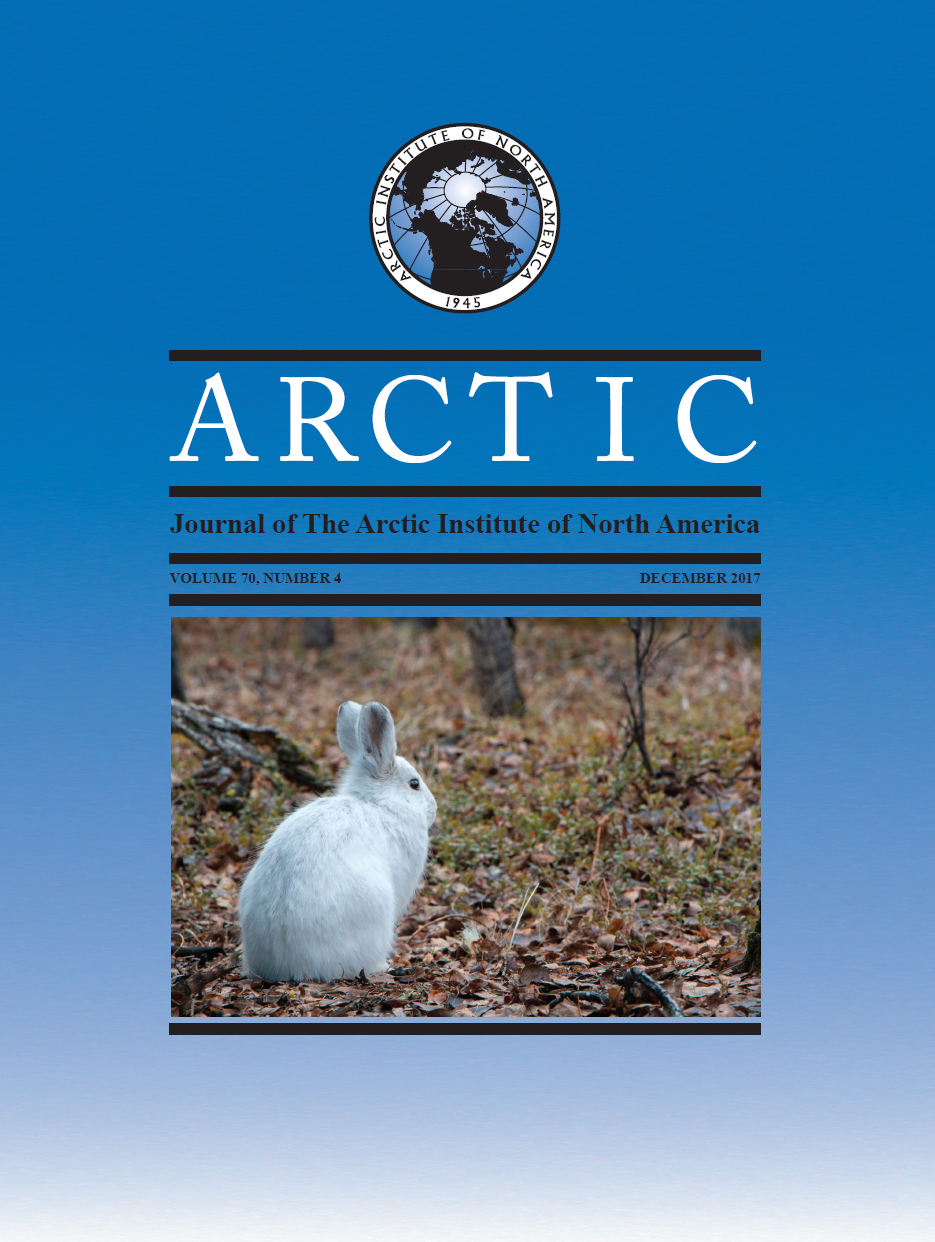Seasonal Movements and Relative Abundance of Bearded Seals (Erignathus barbatus) in the Coastal Waters of the Chukotka Peninsula
DOI:
https://doi.org/10.14430/arctic4682Keywords:
bearded seal, shore-based visual observations, Chukotka Peninsula, Gulf of Anadyr, Chukchi Sea, migrationAbstract
Information about bearded seal seasonal distribution in the Pacific Arctic is limited. Bearded seals (Erignathus barbatus Exleben, 1777) from coastal sites along the southern, eastern, and northern Chukotka Peninsula, Russian Federation, were observed most seasons during 1993 – 96, 1998 – 2000, 2002 – 05, and 2010 – 11. These observations provide spatial and temporal information about bearded seal seasonal distribution, movements, and relative numbers in the coastal zones. In winter, bearded seals aggregate on the young ice in the northern part of the Gulf of Anadyr. Numbers gradually increase during March. In springtime (April–May), bearded seals in the northern Gulf of Anadyr are relatively numerous around Nunligran (Cape Achen), but the number is highly variable across years. During spring bearded seals move eastward along the coast from the northern part of the Gulf of Anadyr towards the Bering Strait and then to the north, as the marginal ice edge zone retreats north. These movements to the east and north continue in ice-free water, and by August, the spring migration of bearded seals along the coast of the Chukotka Peninsula ends. In the summer months of August and September, few bearded seals are present in this coastal zone. The southward autumn migration of bearded seals is not evident near the coast, which suggests that it occurs farther from shore.


